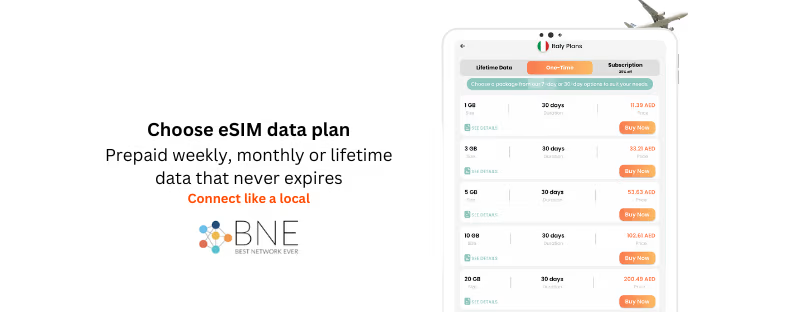
5G Roaming Revenue Leak: AI Caps at $118M by 2024
A new study by Juniper Research predicts that artificial intelligence (AI) could help limit operator revenue leakage from 5G roaming connections to $118 million in 2024. This represents a significant improvement from the $340 million in revenue leakage expected in 2023.
This reduction in revenue leakage will be driven by the implementation of AI-based segmentation solutions to monetise data-centric users. Specifically, this approach allows operators to reduce 5G standalone revenue leakage through improved allocation of resources and new pricing, reflecting its higher QoS (Quality of Service). The difference is that 5G standalone networks leverage the 5G core, while 5G non-standalone relies on 4G infrastructure.
The Future Number of Roaming Connections to Continue Rapidly Rising
The total number of roaming connections is anticipated by Juniper Research to grow by 350% over the next five years, with the growing presence of 5G and IoT roaming devices increasingly being major driving factors of this growth.
In order to capitalize on this demand, data, and financial clearing houses must first understand and identify the key drivers behind it, as this will allow them to produce targeted services optimized for assisting operators in monetizing these trends. Juniper Research has identified three key drivers of the growth in roaming devices as. These are:
-
The Rise of IoT Roaming 5G Roaming Revenue
IoT devices are becoming increasingly important, with their wide array of applications allowing operators, enterprises, consumers, and governments to integrate them into everyday life. Common use cases of IoT include connected cars,
fleet management, logistics, and smart cities.
As a result of these growing use cases, the number of IoT devices is anticipated to grow from 2.9 billion in 2023 to 6.4 billion in 2028. Similarly, the number of roaming IoT devices is also expected by Juniper Research to grow over the next five years, from 146 million in 2023 to 595 million in 2028.
This growth will be heavily driven by enterprises looking to reduce their operating costs and increase revenue. In particular, enterprises with multinational operations will be key contributors, with their supply chains spanning the globe. The international nature of their operations, meaning IoT roaming use cases such as international logistics, will become crucial to providing clients with updated information and improving the efficiency of international transport.
Multinational enterprises are also expected by Juniper Research to continue to lead the adoption of IoT and innovate new use cases. This is due to these enterprises possessing vast resources that they can dedicate to research and development, as well as integrating IoT into their operations.
2. 5G Networks are now essential to Consumer Mobile Service
5G is quickly becoming the predominant network for mobile users. In 2023, there will be 1.6 billion 5G connections, with Juniper Research projecting this to reach 6 billion in 2028. Similar trends are anticipated in the roaming market, with the number of roaming devices on 5G networks expected to grow 1,683%, from 35 million in 2023 to 589 million in 2028.
While a proportion of this growth can be accounted for by the sunsetting of 2G and 3G networks, as well as operators shifting their customers from 4G to 5G, 5G is also driving the growth in total roaming devices.
5G networks provide consumers with higher-quality roaming service than previous generations of networks, allowing for an improved roaming experience. These improvements include lower latency and improved upload and download speeds,
Moreover, operators can further build on these improvements by implementing solutions such as edge computing. This further improves users’ experiences, increasing the value of roaming services and, therefore, the number of roaming
devices.
This results in two key trends driving the increase in the total number of roaming devices. Firstly, 5G networks can provide users with an experience similar to Wi-Fi, allowing them to utilize roaming for a wider number of devices. For
For example, Juniper Research observes that there is a growth in tablets that are capable of connecting to cellular networks and roaming.
3. Operators, National Governments, and Supranational organizations Around the World Continues to Eliminate Roaming Barriers
Over the last decade, operators, national governments, and supranational organizations have made reducing the additional costs incurred by users when roaming a focus of roaming agreements, legislation, and regulation. The most
notable of these initiatives has been the EU’s Roam Like at Home.
Introduced in June 2017, Roam Like at Home has since been extended to 2032. The scheme allows users to call, text, and use mobile data across all 27 EU countries with no additional charges. Moreover, consumers are entitled to the same mobile network quality and speed abroad as at home, where equivalent networks are available. The scheme has been extremely successful at improving users’ roaming experience, with the number of roaming connections within the EU; growing significantly since its introduction. Juniper Research anticipates that this growth will continue in the future, with the total number of roaming connections in the EU expected to exceed 300 million in 2028.
AI Crucial to Developing Advanced Segmentation Solutions
AI-based segmentation will enable operators to better monetize emerging roaming services by using machine-learning models to detect and differentiate traffic types and segments in real-time.
Research author Alex Webb remarked: “AI-based segmentation will differentiate enterprise traffic by use case, enabling premium billing of mission-critical 5G standalone connections, thus reducing revenue leakage.”
Non-standalone and Standalone Networks Must Be Monetised Differently
The report recommends operators implement AI segmentation tools to help reduce revenue leakage from 5G roaming on standalone networks. The higher throughput and lower latency offered by these networks need to be reflected in operators’ pricing.
By separating standalone from non-standalone roaming traffic, operators will be able to apply individual pricing strategies for each of these networks, ensuring pricing reflects QoS. Operators must utilize these tools to identify enterprise traffic suitable for using case-dedicated network slices, as this reduces revenue leakage by optimizing network resource distribution.











